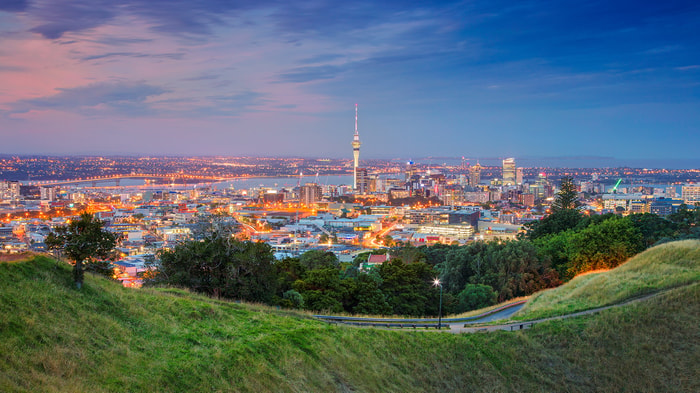12 Night Fiji & New Zealand Cruise
A ship designed to leave the future behind.
Celebrity Edge® marks a turning point in our approach to ship design. From the very first sketches to experiencing those designs in a virtual reality setting, every step was done in 3-D.
Captain Kate McCue has come to symbolise the modern approach of Celebrity Cruises. The Instagram-famous American skipper - accompanied by her cat Bug Naked - has taken the helm of the line's latest ship: Celebrity Beyond.
Other ships in the fleet have been overhauled and given new facilities, while Celebrity also launched its 100-passenger Galapagos expedition ship, Celebrity Flora, and announced a new partnership with wellness guru Gwyneth Paltrow.










A ship designed to leave the future behind.
Celebrity Edge® marks a turning point in our approach to ship design. From the very first sketches to experiencing those designs in a virtual reality setting, every step was done in 3-D.
